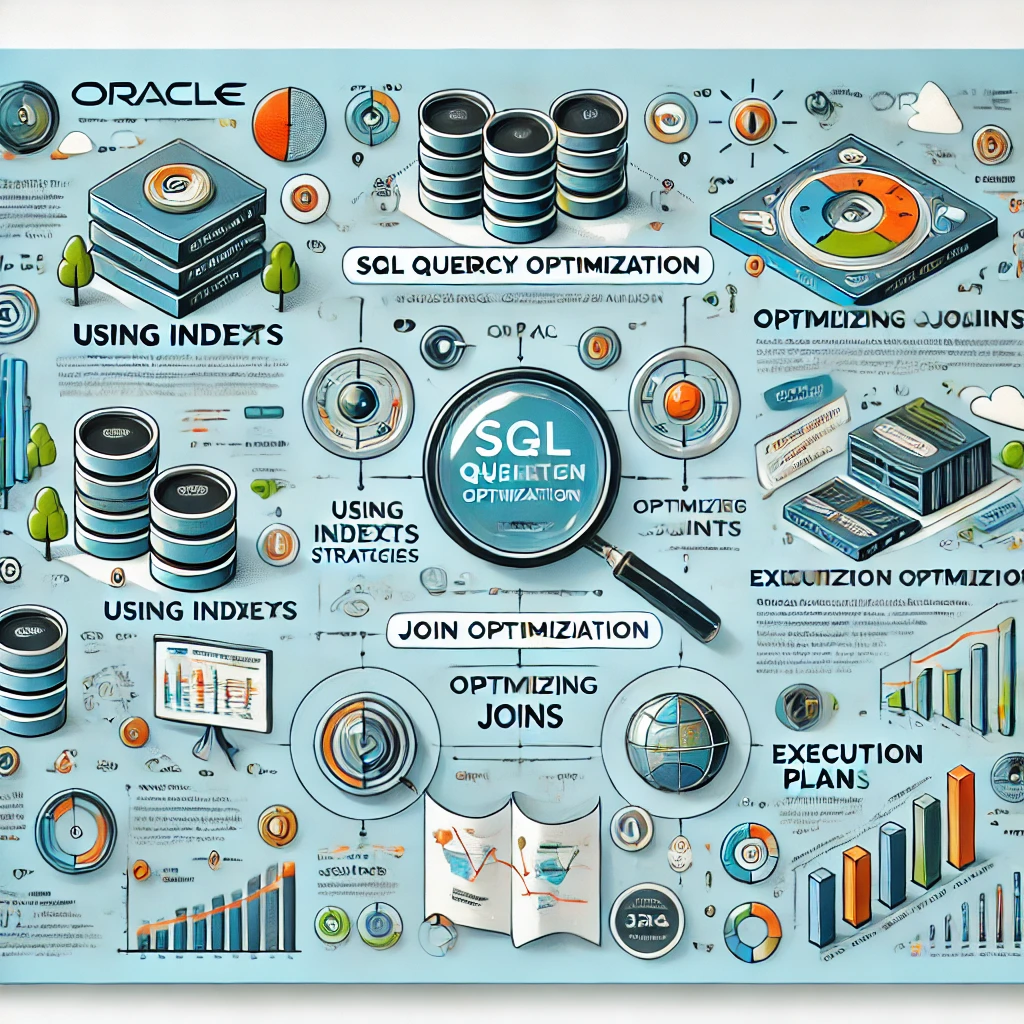Prefect.io vs Apache Airflow
Prefect and Apache Airflow are two popular open-source workflow orchestration platforms used for scheduling, monitoring, and managing data pipelines. Both have their strengths and weaknesses, making them suitable for different use cases depending on the needs of your organization. Here's a comparison between the two:
1. Ease of Use and Learning Curve
Prefect:
- Designed with simplicity and ease of use in mind.
- Uses Pythonic syntax that is intuitive for developers familiar with Python.
- The Prefect framework is more declarative, focusing on building flows as Python code without worrying too much about configuration.
- Prefect's "Tasks" and "Flows" are easier to understand and implement, especially for those new to orchestration tools.
Airflow:
- Has a steeper learning curve due to its more complex DAG (Directed Acyclic Graph) model.
- The configuration-based approach can be more challenging for beginners.
- Requires understanding of various components like Executors, Operators, and Sensors.
2. Flexibility and Extensibility
Prefect:
- Prefect’s flow-based system is very flexible, allowing developers to write workflows as standard Python code.
- It can be easily extended by writing custom tasks and using Python libraries.
- Prefect’s declarative API makes it easier to build and manage dynamic workflows.
Airflow:
- Highly extensible through custom operators, sensors, and hooks.
- A mature ecosystem with many integrations and a strong community support.
- Ideal for highly complex workflows requiring detailed customization.
3. Execution Model
Prefect:
- Prefect uses a "hybrid" model where the flow (pipeline) is defined locally but executed in a distributed environment.
- It employs a more modern execution model that abstracts away much of the complexity from the user.
- Supports both local and cloud-based execution via Prefect Cloud.
Airflow:
- Airflow uses a centralized execution model where the scheduler handles DAGs and the workers execute tasks.
- Supports various executors like LocalExecutor, CeleryExecutor, and KubernetesExecutor for scaling.
- The centralized model can become a bottleneck for very large workflows.
4. Monitoring and UI
Prefect:
- Prefect’s UI is part of Prefect Cloud (a managed service), which provides a rich set of features like logging, task status monitoring, and automatic retries.
- The UI is modern, user-friendly, and integrates seamlessly with the orchestration engine.
- Prefect also offers the Orion UI for those who prefer open-source options.
Airflow:
- Airflow has a robust, though somewhat dated, UI for monitoring DAGs, tasks, and executions.
- The UI allows users to view DAG structure, task logs, and metadata, but can be less intuitive for newcomers.
- Extensive customization options for the UI, but requires more effort to tailor to specific needs.
5. Error Handling and Retry Mechanism
- Prefect:
- Prefect is designed with a focus on state management, making it easier to implement complex retry logic, caching, and error handling.
- Features like automatic retries and detailed error logging are more integrated and easier to manage.
- Airflow:
- Airflow supports retries and error handling, but it is more manual and less integrated compared to Prefect.
- Requires more configuration to set up complex error handling and retry logic.
6. Scalability and Performance
Prefect:
- Designed with modern cloud-native environments in mind.
- Prefect Cloud offers seamless scaling and management of workflows.
- The ability to run tasks in different environments (e.g., local, cloud) provides flexibility and scalability.
Airflow:
- Scales well in traditional environments, particularly with Celery or Kubernetes Executors.
- Performance can be impacted by the scheduler, especially in environments with many DAGs or tasks.
7. Community and Support
Prefect:
- Growing rapidly with an active community and good documentation.
- Prefect Cloud offers commercial support, which is beneficial for enterprises.
Airflow:
- Very large and mature community, given that Airflow has been around longer.
- Extensive third-party resources, plugins, and community-contributed operators.
- Commercial support is available through vendors like Astronomer.
8. Use Cases
Prefect:
- Ideal for teams looking for an easy-to-use, Pythonic workflow management tool.
- Suitable for modern cloud environments and organizations that need flexibility in task execution.
Airflow:
- Best suited for complex workflows in large organizations.
- Preferred in environments that already have an established Hadoop ecosystem or need deep customization.
Conclusion:
- Prefect is great for those who value simplicity, modern features, and a Python-first approach.
- Airflow is more suited for those who need a mature, highly customizable, and extensible platform with a large ecosystem.
Choosing between the two depends largely on your team's expertise, the complexity of your workflows, and your scaling needs.



.jpg)
Komentarze
Prześlij komentarz